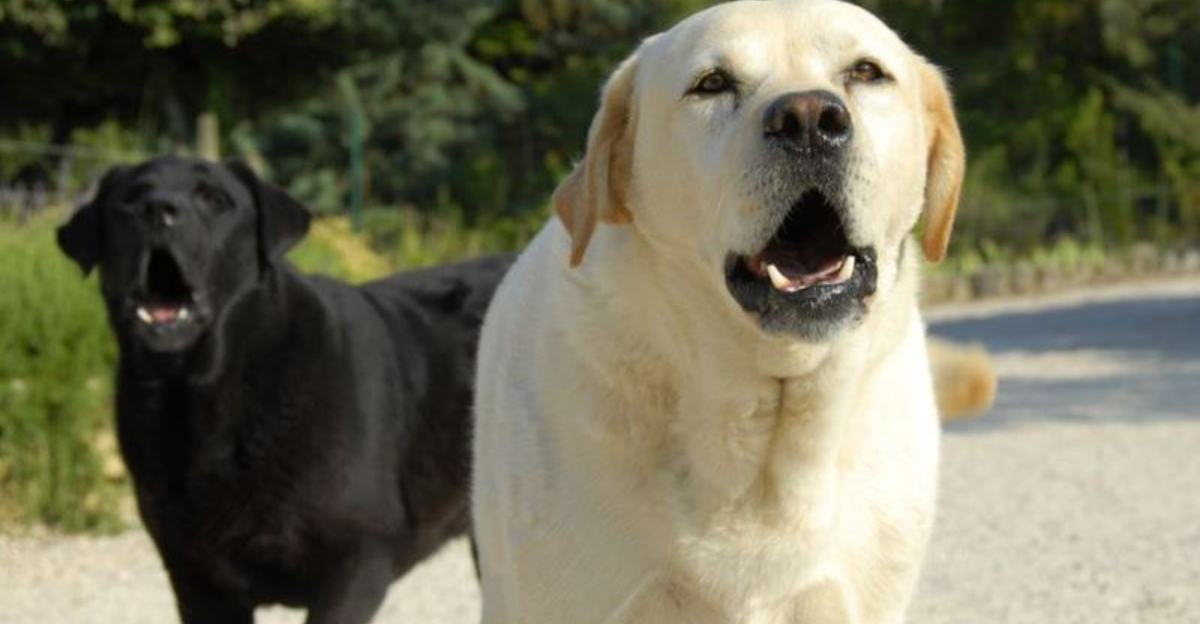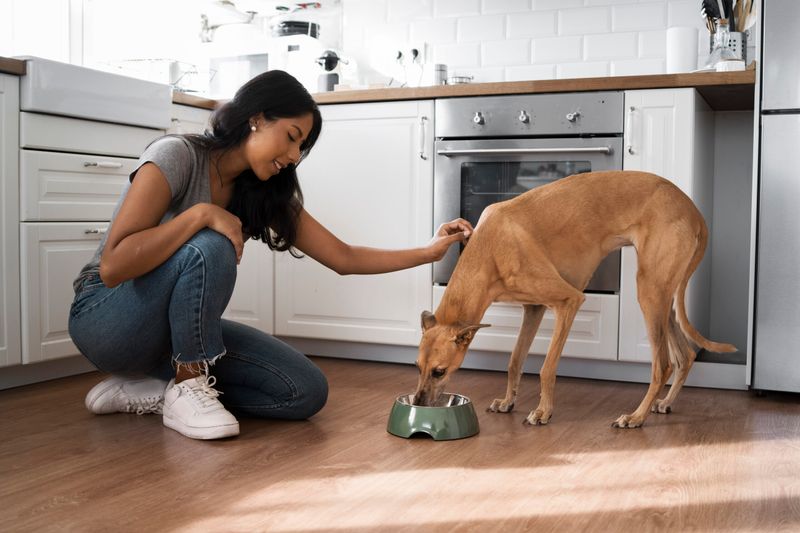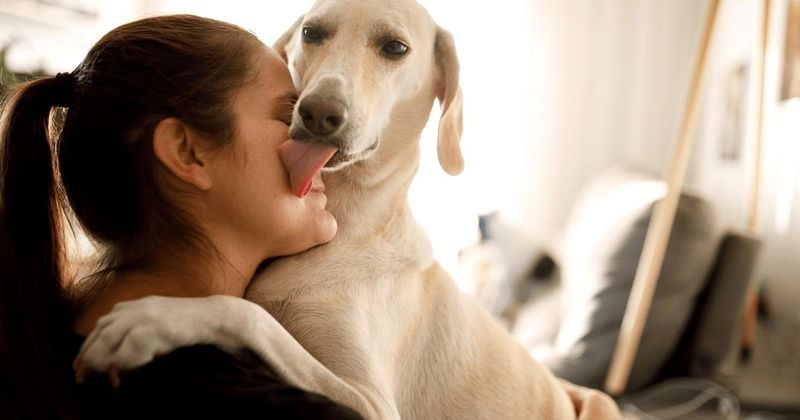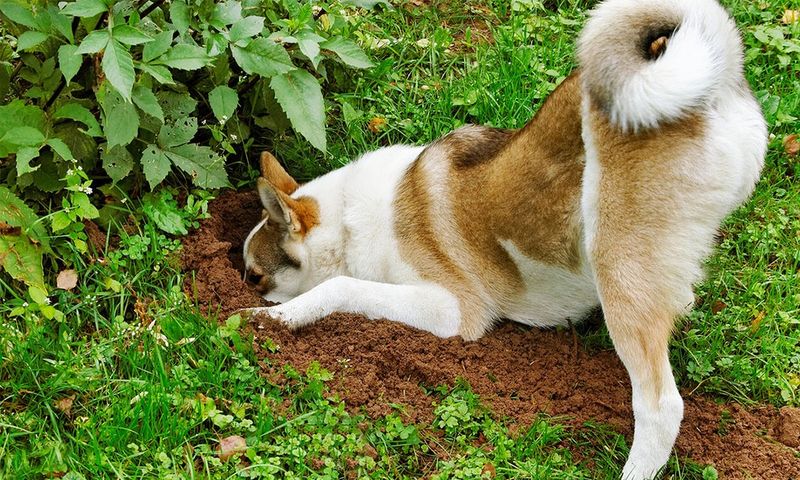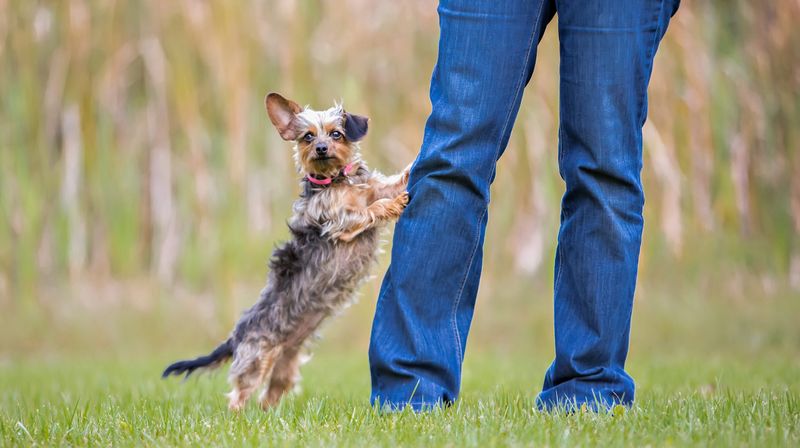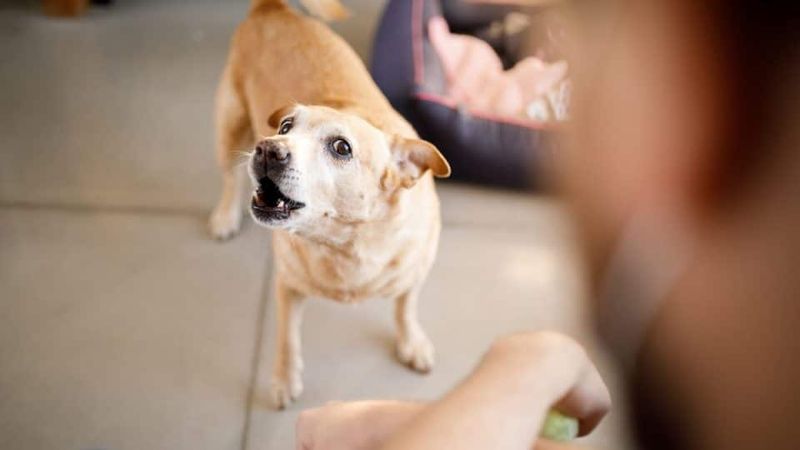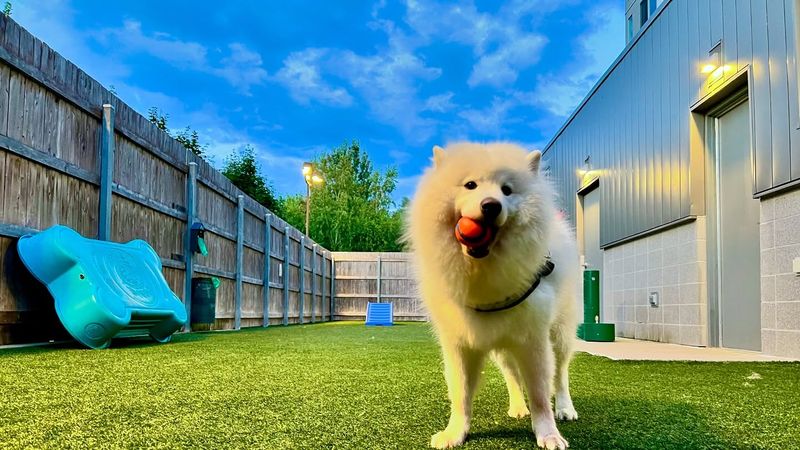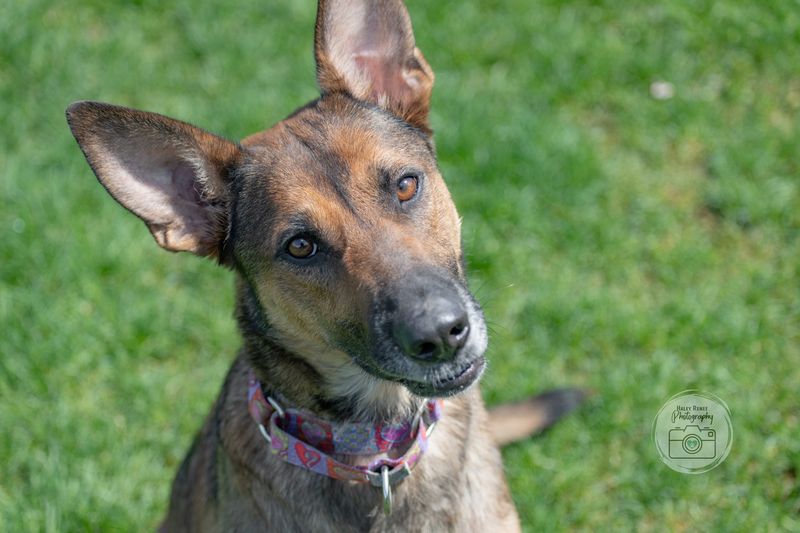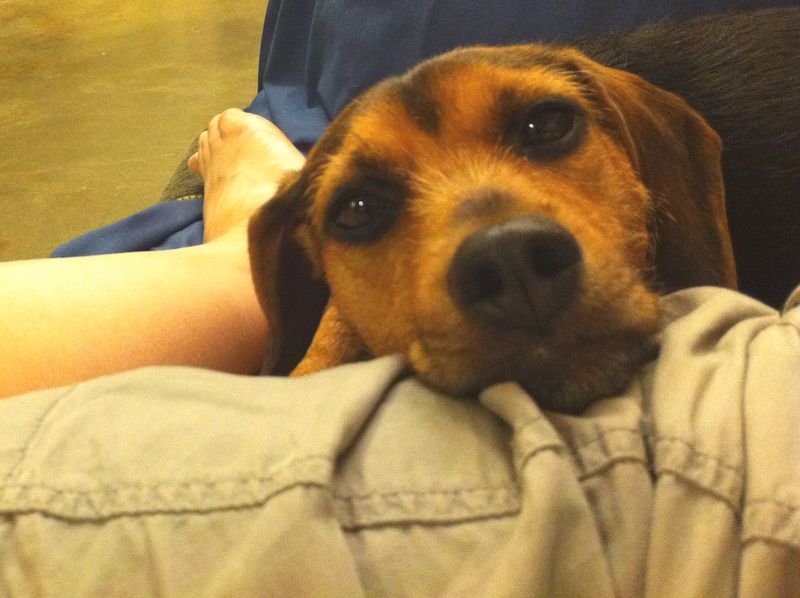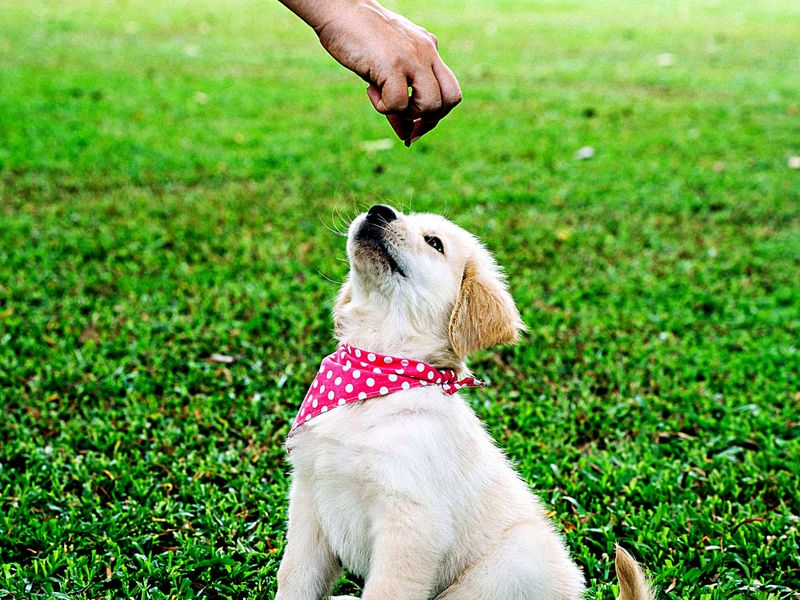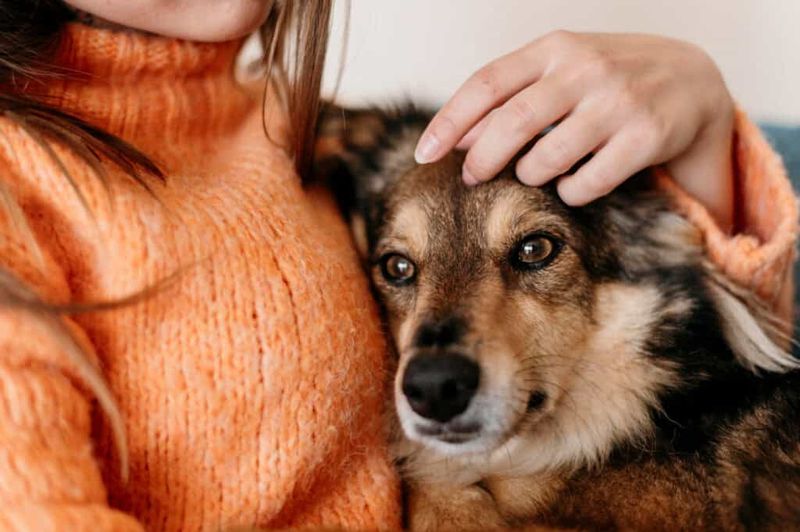Understanding your dog’s behavior can provide significant insight into their needs and feelings. This guide explores 17 behaviors that indicate your dog might want more of your time, and 13 endearing signs of their unwavering love.
Destructive Chewing
When dogs start chewing on things they shouldn’t, it’s often a sign they need more stimulation. Chewing can be a way to relieve stress or boredom, particularly in younger dogs.
Provide chew toys or engage in interactive games to redirect their energy. By understanding this behavior, you can prevent damage to your belongings and ensure your dog is happier.
This is a call for more mental and physical exercise, which can be fulfilled with daily walks and playtime, ensuring your dog’s needs are met.
Clinginess
A clingy dog may shadow your every move, indicating they need more of your presence. This behavior can stem from separation anxiety or a desire for comfort.
Spending dedicated time with your dog can alleviate their anxiety, making them more confident and secure. Try including them in daily activities or setting aside playtime.
Helping your dog feel more secure can decrease clingy behavior over time, allowing them to relax even when you’re not around.
Lethargy
Lethargy in dogs can be a sign they’re feeling neglected or unwell. If your once energetic pup is now listless, it might be time to engage them more actively.
Consider scheduling more playdates or interactive activities to boost their energy levels. A change in routine can invigorate your dog, bringing back their zest for life.
If lethargy persists despite increased attention, consult a veterinarian to rule out health issues.
Pacing
Pacing is a behavior that can signal anxiety or a need for more engagement with their owner. Your dog might pace when they feel restless or are awaiting your return.
Offering more playtime or mental stimulation can help ease this behavior. Games like fetch or puzzle toys can keep them occupied and content.
Understanding pacing as a sign of your dog’s need for interaction can lead to a happier, more relaxed pet.
Ignoring Commands
When your dog starts ignoring commands, it might be a sign of seeking attention. This behavior can occur if they feel overlooked or are testing boundaries.
Reinforce positive behavior with training sessions that reward obedience, making them feel valued. Consistency is key to regaining their focus and cooperation.
By addressing this behavior, you can improve communication and bond with your dog, fostering a cooperative relationship.
Overeating or Undereating
Changes in eating habits, such as overeating or undereating, can indicate emotional distress in dogs. If they’re feeling neglected, it might manifest in their appetite.
Ensuring a regular feeding schedule and spending quality mealtime together can provide comfort. Monitor any drastic changes and consult a vet if needed.
A balanced diet and emotional support can help stabilize their eating patterns, reflecting a healthier and happier dog.
Excessive Licking
Dogs may lick excessively to self-soothe or seek attention. This behavior can be their way of showing affection or signaling discomfort.
Engage with your dog to see if their licking decreases. If it’s a plea for more time, responding with attention and play can meet their needs.
Understanding excessive licking helps address underlying stress, reinforcing your bond with a nurturing response.
Excessive Barking
Dogs often bark to communicate their needs or express emotions. If your dog is barking more than usual, it might be trying to tell you something. Perhaps they’re feeling lonely or bored and are seeking your attention.
Excessive barking can also indicate anxiety or stress, especially if left alone for long periods. Spend quality time with your dog by engaging in play or taking them for a walk.
Addressing the reason behind the barking can strengthen your bond and reduce the noise, creating a more peaceful environment.
Whining or Crying
Whining or crying often indicates a dog’s need for companionship or discomfort. This vocalization might be your dog’s way of asking for more interaction.
Responding to these cues with affection and activities can soothe their distress. Consider regular walks and play sessions to address their needs.
By recognizing and responding to whining, you can create a more harmonious and loving environment for your pet.
Digging
Digging is a natural instinct for dogs, often heightened by boredom or lack of exercise. If your dog digs frequently, they might need more outdoor time or activities.
Provide a designated digging area or engage in games that satisfy their urge. This can reduce unwanted behavior and fulfill their playful nature.
Understanding the reasons behind digging helps you provide appropriate outlets, ensuring a happy and well-adjusted pet.
Jumping on People
Jumping on people can be a dog’s exuberant way of seeking attention or expressing excitement. While endearing, it can become overwhelming if not managed.
Training your dog to greet calmly can help mitigate this behavior. Rewarding calm behavior reinforces positive interactions with visitors.
By guiding your dog’s enthusiasm appropriately, you strengthen their social skills and your relationship.
Constant Barking at Visitors
Dogs may bark at visitors to protect their territory or out of excitement. This behavior can indicate a need for more socialization or reassurance.
Gradual exposure to new people and rewarding calm behavior can ease their anxiety. Consistent training helps them remain relaxed during arrivals.
By addressing barking at visitors, you create a welcoming environment for guests and a calmer atmosphere for your dog.
Escaping or Running Away
Dogs that escape or run away might be seeking more excitement or feeling confined. This behavior can be dangerous, requiring attention to address.
Ensure secure surroundings and engage your dog in stimulating activities to reduce the urge to roam. Regular walks and play sessions satisfy their curiosity safely.
Understanding their need for exploration allows you to meet their needs responsibly, ensuring their safety and happiness.
Following You Everywhere
A dog that follows you everywhere may be showing signs of strong attachment or anxiety. This behavior often signals their need for more emotional support.
Spending quality time with your dog can help reduce their anxiety and build independence. Encourage them to play or rest independently with positive reinforcement.
Addressing this behavior strengthens your dog’s confidence and enhances your connection.
Lack of Interest in Toys
When dogs lose interest in toys, it might suggest they feel neglected or unstimulated. This can be their way of signaling the need for new activities or engagement.
Rotate toys regularly and introduce interactive games to rekindle their interest. Spending time playing together can revitalize their enthusiasm.
By recognizing this need, you keep your dog mentally stimulated and content, fostering a joyful companionship.
Restlessness at Night
Restlessness at night can indicate a dog’s anxiety or unmet needs during the day. If they seem unsettled, it might be a sign to adjust their routine.
Ensure your dog receives enough exercise and mental stimulation during the day to promote restful nights. Evening walks or calming activities can help.
Addressing restlessness ensures your dog sleeps soundly, contributing to their overall well-being.
Licking the Air
Air licking can be a quirky behavior signaling stress or a need for interaction. Dogs might do this to catch scents or when seeking attention.
Observing when this behavior occurs can help you determine if they’re asking for more time with you. Engage with them to alleviate any underlying stress.
Responding to air licking strengthens your bond and supports their emotional health.
Loyalty Beyond Measure
A dog’s loyalty is often unmatched, reflecting their deep love and commitment. This unwavering loyalty is a testament to the bond shared with their human.
Dogs express this through their constant companionship and readiness to protect and comfort. Their loyalty is a heartwarming reminder of their devotion.
Cherishing this loyalty strengthens your relationship, fostering a lifetime of mutual affection and respect.
Bringing You ‘Gifts’
Dogs often bring gifts to show love or seek attention. Whether it’s a favorite toy or an odd trinket, these offerings are tokens of affection.
This behavior highlights their desire to share happiness and connect with you. Acknowledge these gifts with gratitude and affection.
Recognizing their efforts to bond through gifting fosters a deeper emotional connection between you and your dog.
Gentle Nudging
Gentle nudging is a dog’s way of seeking affection or attention. This subtle cue often means they want to be close or need reassurance.
Responding to nudges with cuddles or playtime reinforces your bond. It shows you’re attentive to their needs and emotions.
Understanding this quiet request for attention strengthens your connection and ensures your dog feels loved and secure.
Following Commands Eagerly
When dogs follow commands eagerly, it showcases their love and desire to please you. This behavior highlights their intelligence and dedication.
Engaging in regular training sessions strengthens this bond, rewarding their eagerness to learn. Eager obedience reflects mutual respect and understanding.
Encouraging this cooperative behavior fosters a positive and fulfilling relationship with your dog.
Playful Bouncing
A dog’s playful bouncing reflects their joy and love for life. This exuberance is often contagious, lifting spirits and inviting interaction.
Joining in their playfulness through games or walks enhances your connection. This shared joy is a testament to their emotional health and happiness.
Embracing their playful nature solidifies your bond, celebrating the simple pleasures of companionship.
Cuddling Close
Cuddling close is a profound expression of love and trust. When dogs snuggle with you, they’re seeking warmth and comfort in your presence.
This affectionate behavior is a testament to the security they feel with you. Cherishing these moments enhances your bond and mutual trust.
Understanding their need for closeness fosters a nurturing environment, strengthening your relationship.
Protective Instincts
A dog’s protective instincts are born from love and loyalty. This behavior ensures their human’s safety, reflecting their dedication.
Acknowledging their protective nature builds trust and respect. This instinctive behavior showcases the profound bond between you.
By valuing their protective instincts, you reinforce their role as a cherished and trusted companion.
Excited Greetings
Excited greetings are a dog’s way of expressing love and joy at your return. This warm welcome is a sign of their attachment and happiness.
Embracing these lively welcomes strengthens your bond, affirming your importance in their life. This enthusiasm speaks volumes of their affection.
Acknowledging their joy during greetings fosters a loving and positive relationship, celebrating the bond you share.
Calm Presence
A dog’s calm presence signals comfort and contentment, embodying their deep love and trust in you.
This serenity is a comforting reminder of the peaceful companionship they provide. Cherishing this calmness enhances your relationship.
Understanding their tranquil demeanor fosters a harmonious environment, celebrating the quiet strength of your bond.
Gentle Eye Contact
Gentle eye contact from a dog is a profound expression of love and trust. This silent communication strengthens the emotional connection you share.
Embracing these moments fosters understanding and affection, affirming your bond.
Recognizing the significance of eye contact enhances your relationship, deepening the trust and love between you.
Loyal Companionship
Loyal companionship defines a dog’s relationship with their human. This steadfast presence is a testament to their unwavering love and dedication.
Embracing their loyalty enriches your life, celebrating the enduring bond you share.
Understanding their commitment underscores the profound connection between you, fostering a lifetime of friendship and love.
Happy Tail Wagging
Tail wagging is a universal sign of a dog’s happiness and affection. This joyous movement reflects their love and excitement.
Joining in their happiness enhances your bond, affirming the joy they bring into your life.
Recognizing their joyful tail wags celebrates the positivity they infuse into your relationship, strengthening your connection.
